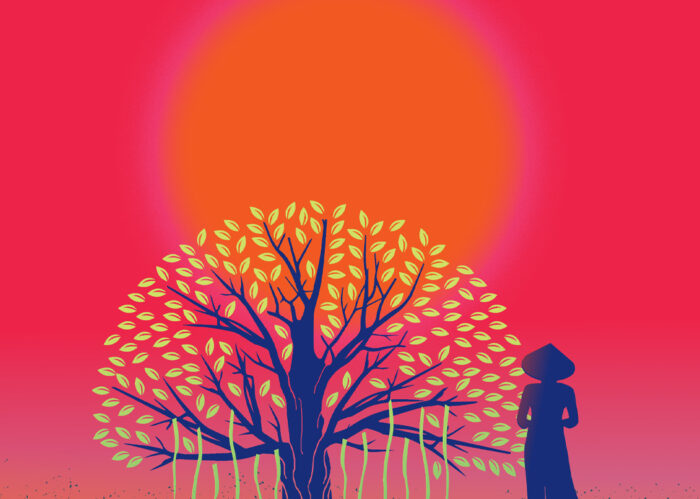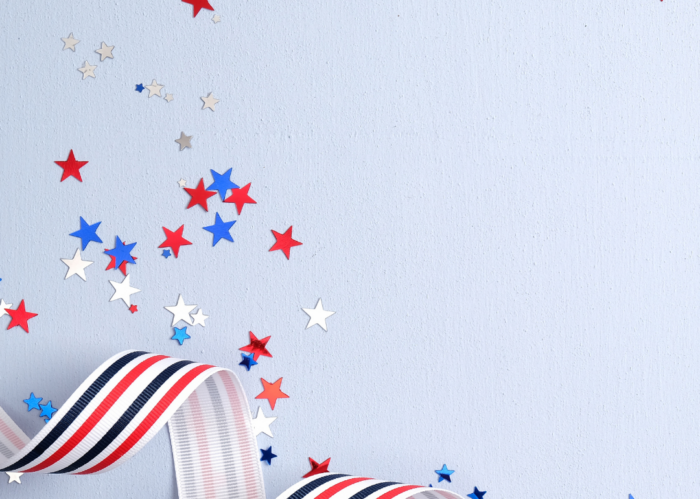Richard Louv and the North Face
 Today we continue our month-long celebration of nature with the fourth and final installment of Richard Louv‘s “Applying the Nature Principle to Your Life.” Read the previous posts here, here and here. Enjoy these tips, and check out Louv’s latest book The Nature Principle.
Today we continue our month-long celebration of nature with the fourth and final installment of Richard Louv‘s “Applying the Nature Principle to Your Life.” Read the previous posts here, here and here. Enjoy these tips, and check out Louv’s latest book The Nature Principle.
Applying the Nature Principle: 20 Ways to Create a Restorative Home and Garden
Want to improve your family’s mental and physical health, and increase their creativity and learning abilities? Start at home. Whether you’re building a new house or retrofitting your existing home and garden, here are a few tips for applying the Nature Principle:
Indoors
1. Bring the outside in. Create “living walls” of ficus, hibiscus, orchids, and other plants; or an indoor vertical vegetable garden with a drip-irrigation system. Such walls can reduce indoor air pollutants.
2. Record nature sounds and fill your house with them.
3. Use nature-based furniture and decorations such as a dresser made of reclaimed wood, or floors or rugs made of sustainable bamboo or bamboo fabric.
4. Use trees, live or dead, as decoration in high-ceilinged living rooms.
5. Use lights that adjust throughout the day via sensors at the windows.
6. Combine solar panels with skylights. Install them over water gardens and other living features.
7. To protect wildlife, add bird-warning elements to windows.
Outdoors
8. With your family, plant an organic vegetable garden and include fruit trees.
9. Install a beehive, or raise chickens or ducks for eggs. Some cities are loosening regulations to encourage yard farming.
10. Create nature-rich calming places to sit, read, think and converse.
11. Reduce your lawn. Replace it with bird-attracting plants, trees and bushes. (Lawns are now the largest irrigated crop in the United States.)
12. Plant a butterfly garden; help bring back butterfly migration routes.
13. Space-restricted urbanites can use dwarf tree varieties and mini-gardens to transform small balconies and windowsills.
14. Install a chlorine-free natural swimming pond cleaned by regeneration zones: aquatic plants, rocks, loose gravel, and friendly bacteria that act as water filters.
When building a new home
15. Design natural landscapes to look good from the curb and also from inside the home.
16. Place the house in sync with the sun’s movements, so that sleeping and waking are in accord with available light; place large windows on the south-facing wall for passive solar heating, but also for a view of nature.
17. Design for natural airflow with appropriately placed windows and high ceiling fans for natural ventilation.
18. If site and regulations allow, build your home with cordwood masonry (lumber set in earthen mortar), cement mixed with recycled-paper pulp, aerated concrete or straw-bale walls. Homes built with these materials can be so energy efficient that they need no air-conditioning – and you’ll receive the health benefits of fresh air.
19. Install a super-insulated green roof that can last 80 years (compared with the 40-year average for conventional roofs) and at the same time create wildlife habitat – which may improve your mental health.
20. Whenever possible, use local materials to reflect the natural history of the region. Sustainability aside, this may deepen your sense of regional and personal identity.
Richard Louv is the author of “THE NATURE PRINCIPLE: Reconnecting with Life in a Virtual Age,” now available in paperback. He is Chairman Emeritus of The Children and Nature Network and 2012 spokesperson for the CLIF Kid Backyard Game of the Year. For more information on his books, go to www.richardlouv.com. For a free online Field Guide to the New Nature Movement, see http://richardlouv.com/books/nature-principle/field-guide/.
-
Overall Score
Reader Rating: 0 Votes




This has given me some great ideas! Can’t wait to get started at home. Thanks!
I love these ideas! Thank you!